 © IDF (Europe) 1998
© IDF (Europe) 1998 © IDF (Europe) 1998
© IDF (Europe) 1998Strategy for Arterial Risk Management in Type 2 (Non-insulin-dependent) Diabetes Mellitus
Initally published in: Diabetic Medicine 1997; 14: 611-621
Correspondence
Correspondence to: Professor Philip Home, Department of Medicine, Framlington Place, Newcastle upon Tyne, NE2 4HH, UK.
telephone : +44 191 222 7019
fax : +44 191 222 0723
e-mail : philip.home@ncl.ac.uk
In the Multiple Risk Factor Intervention Trial (MRFIT) which included over 5000 people with diabetes [11], a direct relationship between cardiovascular mortality and total serum cholesterol levels was seen in the diabetic group. For any given serum cholesterol level, the mortality risk was higher for people with diabetes than in non-diabetic people [3].
Some 200 Type 2 diabetic subjects were included in the Scandinavian Simvastatin Survival Study (4S). The results of people with diabetes were the same as those of the whole group in this post-infarct study, the simvastatin treatment group showing significantly decreased mortality [12]. The diabetic subjects in the West of Scotland Study appeared to benefit from pravastatin therapy to the same extent as higher risk non-diabetic subjects [13]. The CARE study also showed benefit from pravastatin in a trial containing a large number of people with diabetes [14].
Serum total cholesterol concentrations, however, are often of similar concentrations in diabetic and non-diabetic populations, do not give an indication of the relative levels of LDL, HDL and VLDL cholesterol, and fail to reflect lipoprotein profiles and properties known to be atherogenic.
Examples of such abnormalities which might be particularly important in people with Type 2 diabetes are small dense LDL particles, and oxidized LDL. The presence of these abnormalities is, however, related to the dyslipidaemia frequently observed in patients with Type 2 diabetes, mostly manifested by low HDL cholesterol and raised serum triglyceride concentrations.
Several studies suggest the importance of serum triglyceride levels in people with diabetes [15-17]. Triglyceride levels tend to be raised in diabetic patients and levels of triglycerides appear to be further related to the degree of blood glucose control.
The pattern of moderately raised triglycerides and low HDL cholesterol appears to be associated with the atherogenic small, dense LDL and oxidized LDL profile [18].
Epidemiological studies are inconsistent when addressing whether serum triglycerides or HDL cholesterol is the more important in prediction of arterial disease in people with diabetes. This is because the high correlation between serum triglyceride and HDL cholesterol concentrations means that it is not possible to assess them independently. However, triglycerides do predict cardiovascular disease independently of HDL cholesterol in the general population [19].
Arterial risk from serum lipid concentrations
The risk levels are defined in Table 1 and follow those used in earlier diabetes and non-diabetes guidelines.
Table 1. Arterial risk levels from serum lipid concentration
| Risk | Measure | mmol/l | mg/dl |
| High | Serum total cholesterol * | > 6.5 | > 250 |
| or | |||
| Serum triglycerides | > 4.0 | > 350 | |
| Moderate | Serum total cholesterol * and serum triglycerides | 5.2-6.5 < 2.3 | 200-250 < 200 |
| or | |||
| Serum triglycerides and serum total cholesterol | 2.3-4.0 < 5.2 | 200-350 < 200 | |
| Low | Serum total cholesterol * and serum triglycerides | < 5.2 < 2.3 | < 200 < 200 |
| *Where LDL cholesterol is used in preference to total cholesterol, use > 4.5 mmol/l (> 175 mg/dl) as high risk, and 3.4-4.5 mmol/l (135-175 mg/dl) as moderate risk. | |||
Interpreting blood pressure measurements
Arterial risk levels from blood pressure measurements are defined in Table 2.
Table 2. Arterial risk levels from blood pressure measurements
| Risk | mmHg |
| High | >160/95 |
| Moderate | 140/90-160/95 |
| Low | <140/90 |
3. Blood glucose concentration
Significance of hyperglycaemia
| Risk | HbA1c (%Hb) | |
| High | > 8.5 | |
| Moderate | 6.5-8.5 | |
| Low | <6.5 | |
| Assuming a DCCT standardized assay with an upper normal limit of 6.1 % | ||
| Risk | Albumin | Albumin:creatinine ratio | |
| (mg/l) | (mg/mmol) | ||
| Men | Women | ||
| High | > 15 | > 2.5 | > 3.5 |
| Risk | Cigarettes/day | Pipe/cigars |
| High | > 10 | |
| Medium | 1-10 | yes |
| Low | 0 | no |